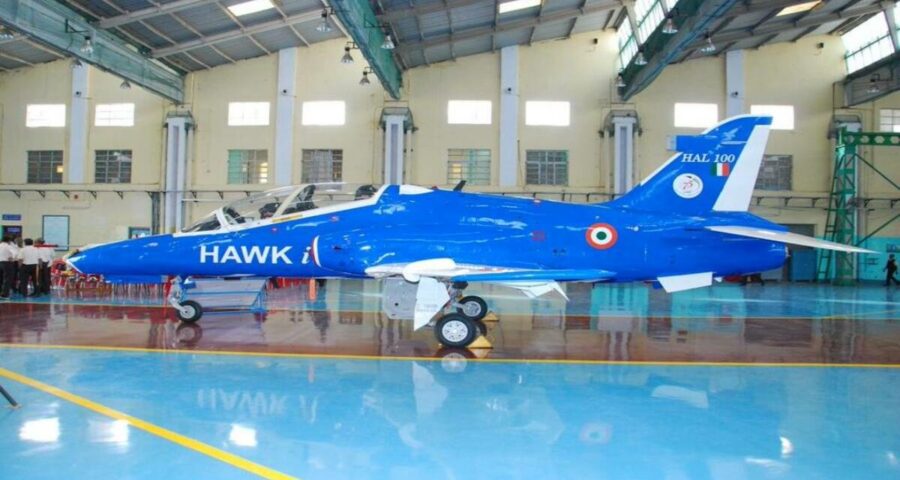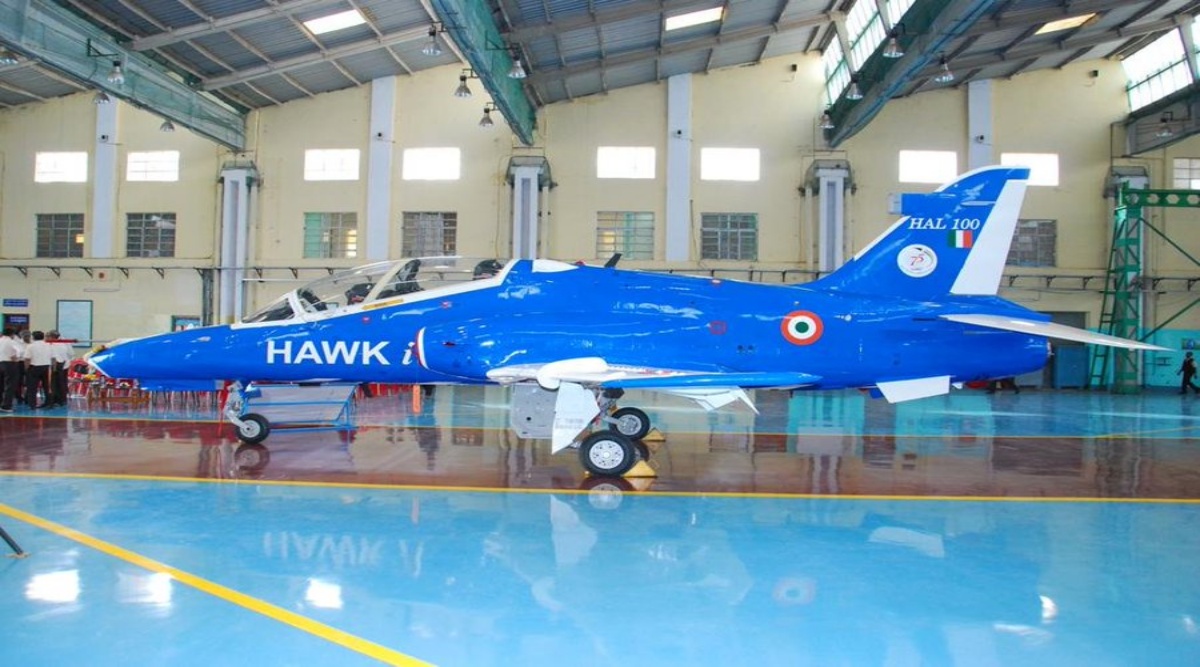The weapon is designed to strike ground targets, especially adversary airfield infrastructure or similar strategically important installations.
THE DEFENCE Research and Development Organisation (DRDO) Thursday conducted a successful trial of the indigenously developed Smart Anti-Airfield Weapon (SAAW) off the Odisha coast from the Hawk-I jet of Hindustan Aeronautics Limited (HAL). This was the ninth successful test of the system conducted over the last five years.
A Defence Ministry press statement Friday said, “The smart weapon was successfully test fired from Indian Hawk-Mk132 of HAL. This was the ninth successful mission of SAAW conducted by DRDO till now. It was a text book launch, which met all mission objectives. The telemetry and tracking systems installed at Interim Test Range (ITR), Balasore captured all the mission events.” While earlier tests have been conducted from Jaguar, this time HAL Hawk-1 was used, thus expanding the operating scope of weapons system.
Officials said the system belongs to the glide bomb category and its development began around 2012-13, with crucial inputs from the Indian Air Force and the first test was carried out in 2016. The weapon is designed to strike ground targets, especially adversary airfield infrastructure or similar strategically important installations.
The press statement said, “SAAW is indigenously designed and developed by DRDO’s Research Centre Imarat (RCI) Hyderabad. This is a 125-kilogram class smart weapon, capable of engaging ground enemy airfield assets such as radars, bunkers, taxi tracks, and runways, up to a range of 100 kilometres. The high precision guided bomb is lightweight compared to weapon system of the same class. The weapon was earlier successfully test fired from Jaguar aircraft. DRDO Chairman Dr G Satheesh Reddy congratulated the teams involved in the successful trial.”
The test of SAAW comes a month after another weapon system designed to target enemy radar and communication assets, Rudram, was tested in October last year. Rudram, India’s first indigenous anti-radiation missile developed for the Air Force (IAF), was successfully flight tested from a Sukhoi-30 MKI fighter in October, amidst a flurry of missile tests conducted by the DRDO.
Rudram, an air-to-surface missile, has been developed to primarily to enhance the Suppression of Enemy Air Defence (SEAD) capability of the IAF and can detect, track and neutralise the radar, communication assets and other radio frequency sources belonging to the adversary, which are generally their air defence systems. Anti-radiation missiles are used in the initial part of an air conflict to strike at air defence assets of the enemy, ensuring higher survivability in subsequent strikes.
– Stay updated with the latest Pune news. Follow Express Pune on Twitter here and on Facebook here. You can also join our Express Pune Telegram channel here.
Source: Read Full Article


